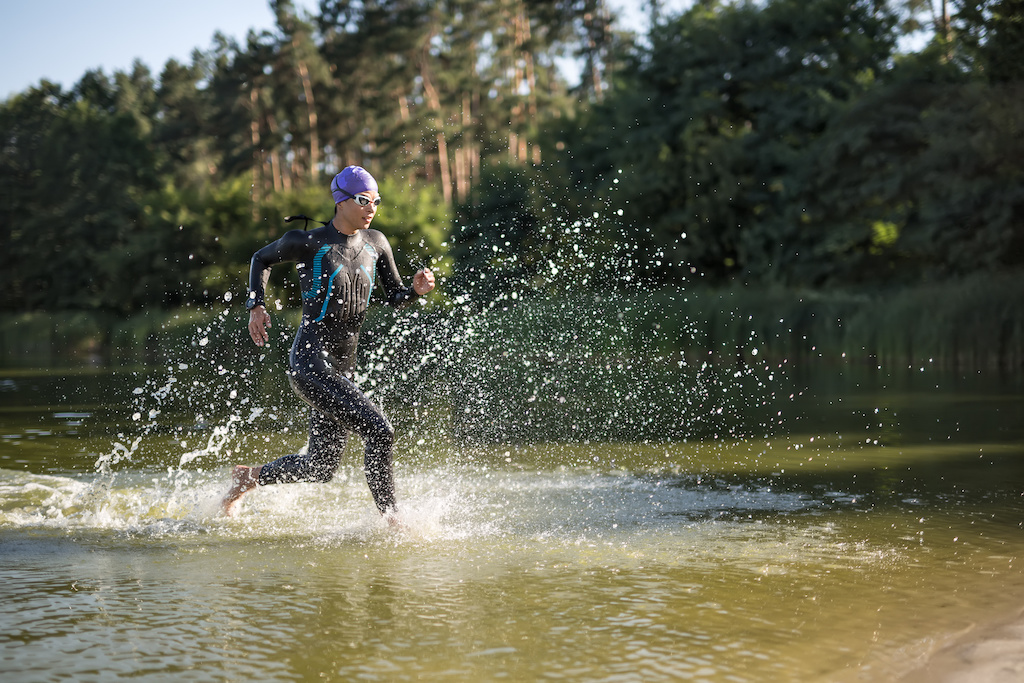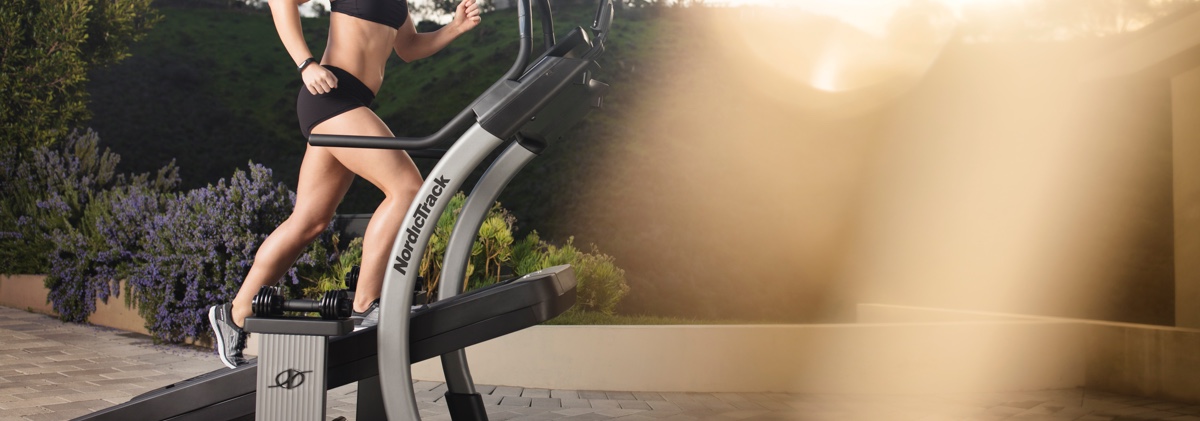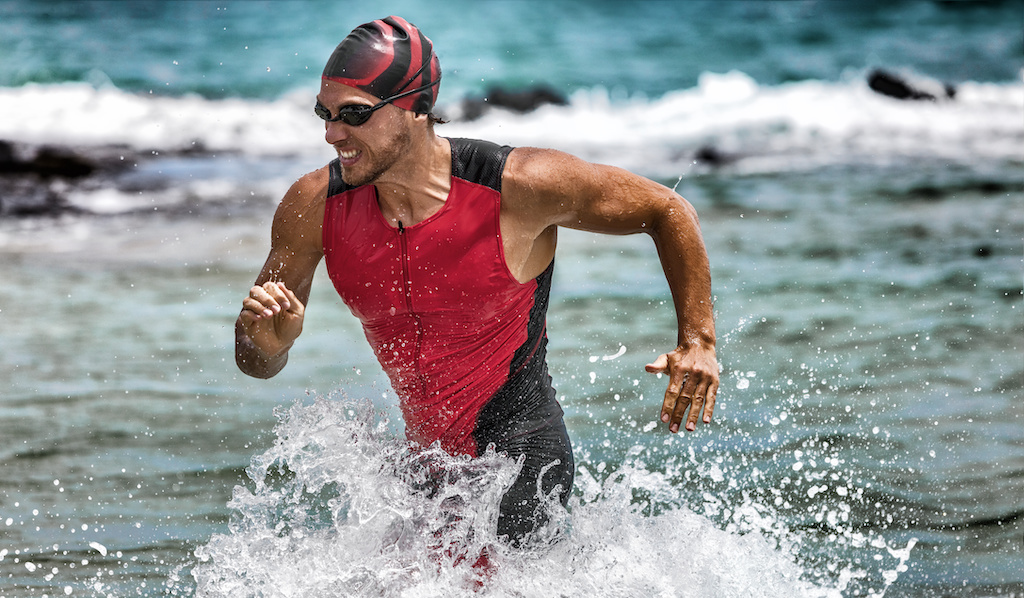A type of biathlon, a swimrun combines different swimming and running courses in the heart of nature. Get to know this sporting discipline, discover its benefits and how a session will unfold, before you get started in good condition by following our recommendations.
Swimrunning: The concept

Classified among the various biathlon events, a swimrun consists of alternating trail running on roads, paths or tracks and swimming in the heart of nature, in the sea or in rivers. Established in Sweden in 2002 following a bet between friends, this discipline is undertaken by teams, generally of 2 athletes. Unlike the triathlon, where the athlete changes between the different activities, a swimrun is always carried out with the same outfit: Swimming and running equipment is kept on throughout the whole course.
Fun as well as invigorating, a swimrun has many good points:
- It works the cardio system and builds endurance.
- It helps to strengthen all muscle groups.
- It allows you to ventilate your lungs and exercise outdoors.
- Enjoyed among friends, it is great fun and takes the form of a challenge.
How does a swimrun training session work?

By definition, a swimrun allows for plenty of room for creativity among the designers of the course, something that will be adapted according to the configuration of the location and the preferences of the organisers. Each event consists of sections that are either swum or ran, distributed according to the goodwill of whoever has drawn up the race route. There is no standard distance; again, it all depends on the objectives and the physical capacities of the different pairs who will compete for the competition.
Generally, swimming represents about 1/7th of the course, but this can change according to the climate, the season or the territory. Any swimrun training must combine running and swimming with aerobic work, including variations in pace, fairly long running sessions and at least 2 sessions of swimming per week, varying the strokes that will be practised.
Our advice for getting started in a swimrun race

Some key points to know to before embarking on a swimrun race are:
- Choose your partner well: One of the keys to success in a swimrun is the bond between the members of the pair. You will be spending long hours training together and you’ll need to be able to rely on each other at all times during the event. Choose a friend or an athlete of a similar level to yours, with whom you are used to training. Having complementary skills is a plus (a swimmer and a runner, for example), but confidence and camaraderie should take precedence over physical performance.
- Choose the distance and the difficulty of the race according to your athletic abilities: Knowing how to run or swim is not sufficient to approach a swimrun event with confidence. The altitude, the difference in height gain and, especially, the transition times between swimming and running all require good training, preferably with preparation on the ground in real conditions. Don’t overestimate your abilities, especially for a first swimrun race.
- Check your equipment beforehand: The swimrun equipment you will need will vary according to the competition, the season and the requirements of the athletes concerned. A neoprene suit is the central element to plan. Aim for the sort of thing surfers or triathlon athletes wear. After swimming, do not slip out of the water and run in the usual manner. Instead, wear trail shoes that are light and grip the road well. Some swimrunners pierce their soles to allow water to drain out after swimming. Also, equip yourself with swimming goggles, tinted or otherwise, depending on the weather. Opt for neoprene leggings, which you should put under your knee socks to improve your buoyancy and to protect you from the cold. A traction elastic band will make teamwork easier. Train with the equipment that will be used during the actual race, so that you’ll avoid any unpleasant surprises.
- Remember to warm up well: Before the event, warm up your upper body and do a few accelerations to gradually raise your body temperature and heart rate.
Optimise your weekly duo training sessions: Analyse your strengths and weaknesses to aim for an unbeatable programme. If you are 2 strong swimmers, then continue to train for swimming, but focus your preparation time more on running. Conversely, a duo of runners ought to do more swimming – not only in a pool but also in a natural environment, if possible. If you are complementary pair of athletes (a swimmer and a runner), then coach each other to make better progress. Whatever your skill level, learn to communicate effectively and to detect the best time to help your partner during the event.
Check out our Fitness & Training page for more advice.
